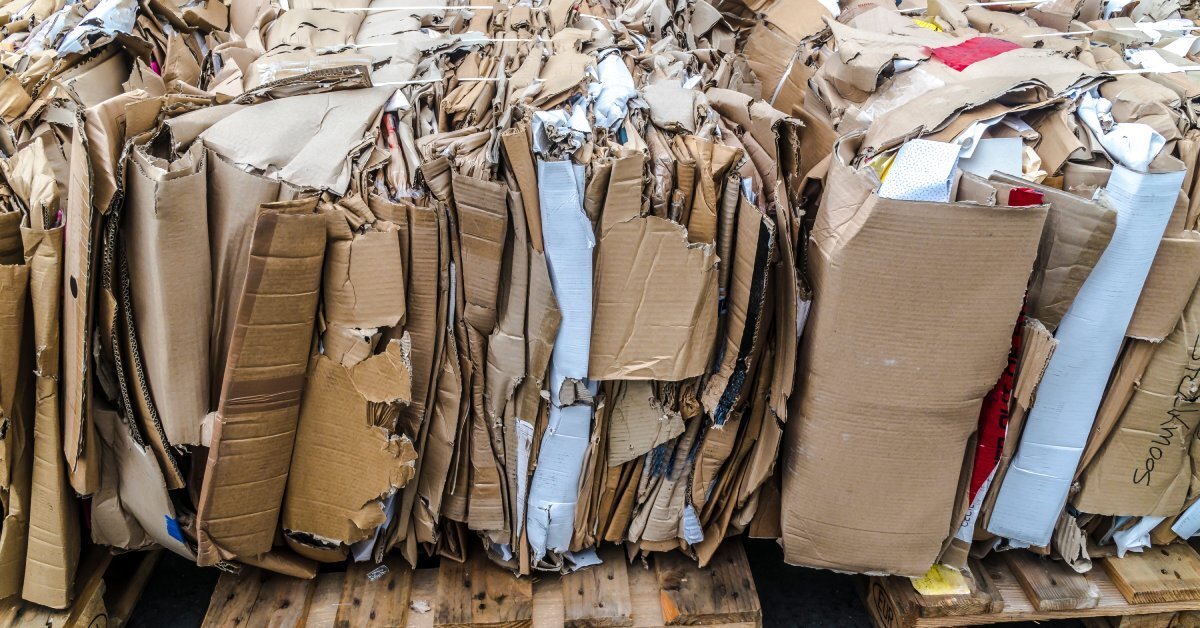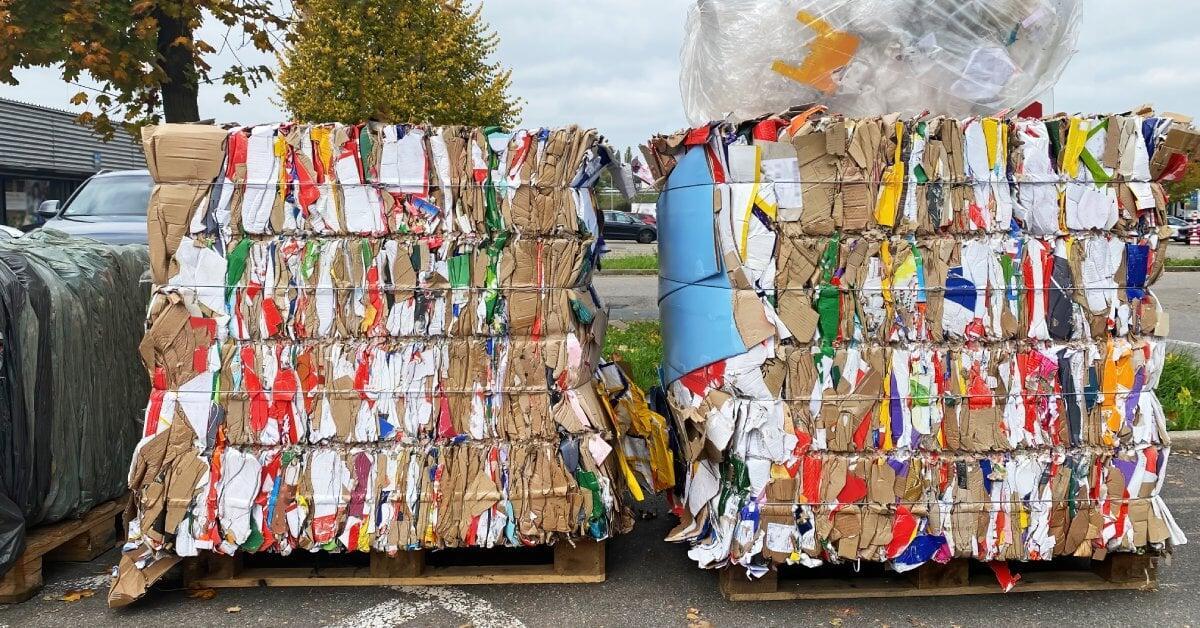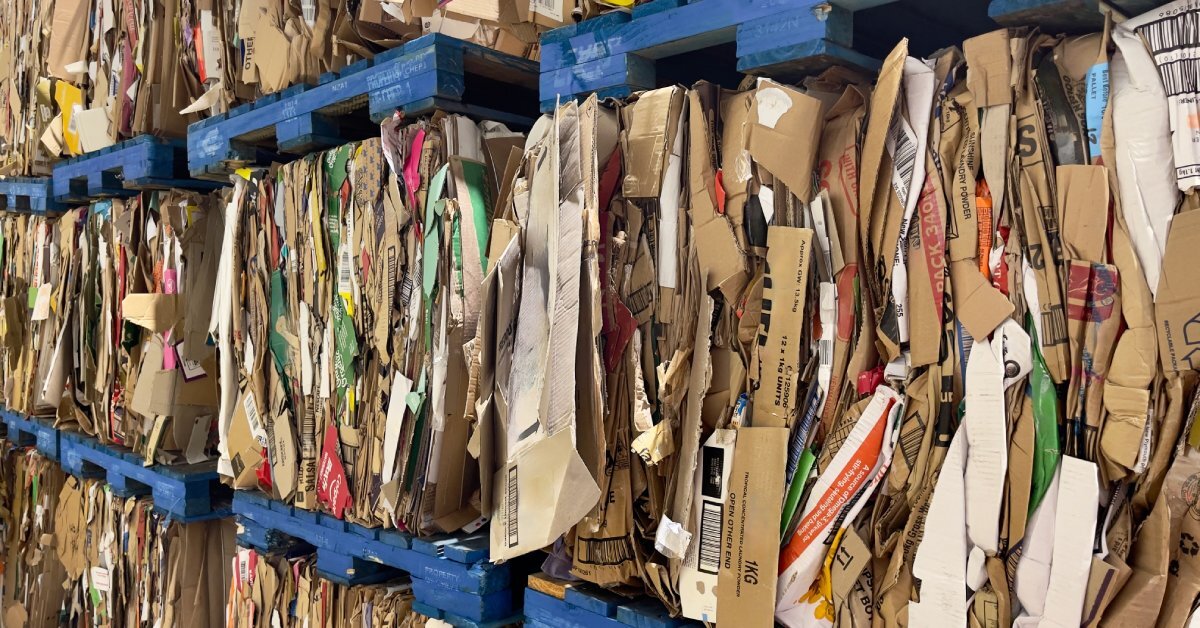
Vertical balers are essential tools for managing waste and recyclable materials efficiently in a variety of industries. Whether you’re in retail, manufacturing, or logistics, proper use and maintenance of a vertical baler are crucial to its effectiveness and longevity. This guide will walk you through how to properly use and maintain a vertical baler, as well as address common troubleshooting issues.
An Introduction to Vertical Balers
A vertical baler is a device designed to compress and package waste materials, such as cardboard, paper, plastic, and other recyclables, into compact bales. By reducing the volume these materials take up, vertical balers make recycling more efficient and cost-effective. These machines are particularly important in industries where waste management plays a significant role in day-to-day operations. By enabling businesses to handle large volumes of recyclables, vertical balers reduce costs associated with waste transportation and support environmentally sustainable practices.
Understanding how to properly operate and care for your baler ensures that it continues to function effectively, delivering both economic and environmental benefits for years to come.
The Components of a Vertical Baler
To operate a vertical baler effectively, it’s crucial to familiarize yourself with its key components. These machines are sophisticated pieces of equipment, and knowing how each part functions can help you achieve better results in waste management.
The compaction chamber is where you load materials for processing. This space can withstand high levels of pressure as the baler compresses the waste. The hydraulic system powers the ram, which exerts the force necessary to compress the materials. This hydraulic mechanism ensures efficiency and effectiveness across different waste types, from cardboard to plastics. Additionally, bale retainers and ejection mechanisms play an essential role in securing and releasing the finished bales, helping operators manage processed materials without disruption.
The control panel is the interface for operating the baler. It typically includes buttons, levers, and safety features that allow you to manage the entire process, from starting the machine to ejecting a completed bale. Learning to use the control panel correctly is essential for safe and efficient operation.

How To Use a Vertical Baler Safely and Efficiently
Using a vertical baler involves a systematic process that ensures both safety and efficiency. Operators should begin by preparing the machine and the baling materials. Check that the baler is clear of any obstructions and confirm that the hydraulic system is functioning properly. Place the recyclables inside the compaction chamber evenly, avoiding overloading it. Uneven or excessive loads can strain the machine and result in inefficient compaction.
Once you load the chamber, use the control panel to activate the hydraulic ram. Make sure that you are standing at a safe distance while the machine is in operation, as any errors during this stage can compromise both safety and functionality. The ram compresses the materials into a tight bale, and when the process is complete, the bale is secured using the ties or wires provided. It’s important to follow the machine’s instructions for properly securing the bale to prevent it from being unstable or breaking apart.
Finally, use the ejection mechanism to remove the finished bale from the chamber. Verify that the area around the chamber is clear before ejecting the bale to avoid accidents. Proper handling during bale ejection prevents equipment damage and maintains operational efficiency.
Always prioritize safety by wearing personal protective equipment (PPE), such as gloves and safety goggles, while operating the baler. Consider also incorporating periodic operator training to ensure that everyone handling the baler knows how to use it safely and effectively.
Maintenance Tips for Prolonging the Life of Your Baler
Regular maintenance is critical to extending the lifespan of your vertical baler and ensuring that it operates at peak performance. Start with routine inspections to identify any signs of wear and tear. Check the hydraulic hoses, seals, and fittings for leaks, as hydraulic fluid leaks can compromise the machine’s functionality and lead to costly repairs.
Keeping the machine clean is equally important. Dust, debris, and leftover materials can accumulate in the compaction chamber and around other components, impacting performance over time. Regularly clean the chamber, ram, and other accessible parts of the machine to maintain optimal functionality.
Lubrication is another key aspect of maintenance. The hydraulic system and moving parts require proper lubrication to operate smoothly. Neglecting this step can lead to increased friction, which puts unnecessary strain on the components and reduces efficiency.
Operators should also schedule preventive maintenance checks with qualified technicians. These checks can catch potential issues before they escalate into major problems, minimizing downtime and repair costs.

Common Issues and Troubleshooting
Despite regular maintenance, occasional issues might arise with your vertical baler. It’s important to recognize these problems early and address them promptly to avoid prolonged downtime.
Loss of Hydraulic Power
One common issue is the loss of hydraulic power. This can manifest as the ram failing to compress materials effectively. Check for fluid leaks or low hydraulic fluid levels. Replenish the fluid and inspect hoses and seals for any damage.
Improperly Compacted Materials
Materials not compacting properly could be an indication of uneven loading or operational errors. Inspect the chamber for blockages and make sure you load materials evenly in accordance with the manufacturer’s guidelines.
Difficulty Ejecting Bales
Another frequent issue is difficulty ejecting bales. This can happen if you do not secure the ties correctly or if a mechanical fault occurs in the ejection system. Reviewing the machine’s manual will often provide troubleshooting steps for adjusting the ejection mechanism.
For persistent issues, it’s always best to consult the manufacturer’s technical support team or a certified repair technician who can diagnose and resolve problems efficiently.
Maximizing Efficiency and Safety With Vertical Balers
Knowing how to properly use and maintain a vertical baler can bring significant benefits to your business, from reducing waste management costs to minimizing environmental impact. By understanding the key components of these machines, following safe operational practices, and performing regular maintenance, you can keep your baler a reliable and valuable tool for many years.
If you deal with a high level of waste and need an easy disposal method, check out PackSmart’s selection of vertical baler machines. Our equipment is ideal for distribution or recycling facilities, manufacturing sites, and more. Whether you need a stationary, mobile, automated, or manual machine, we have you covered. Contact us today for more information! by double clicking on a text box on your website. Alternatively, when you select a text box.
